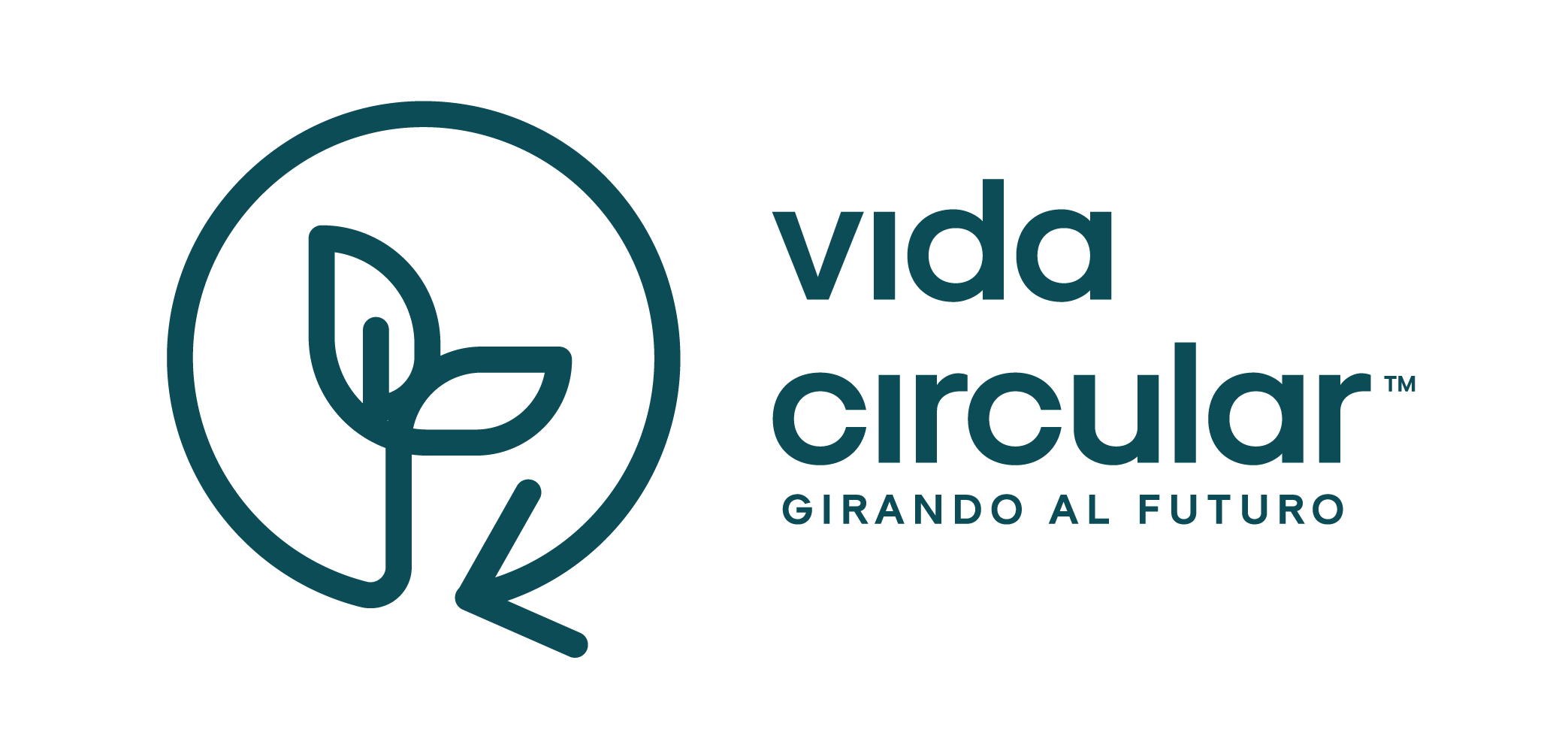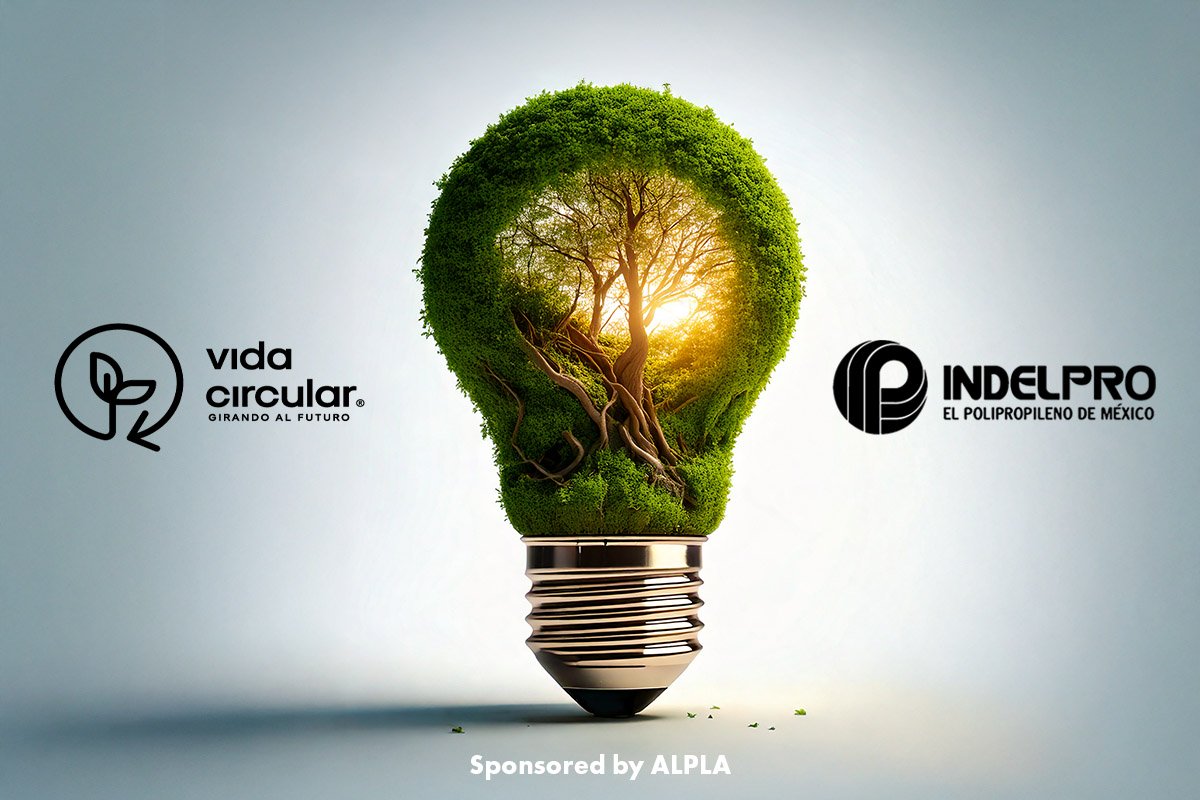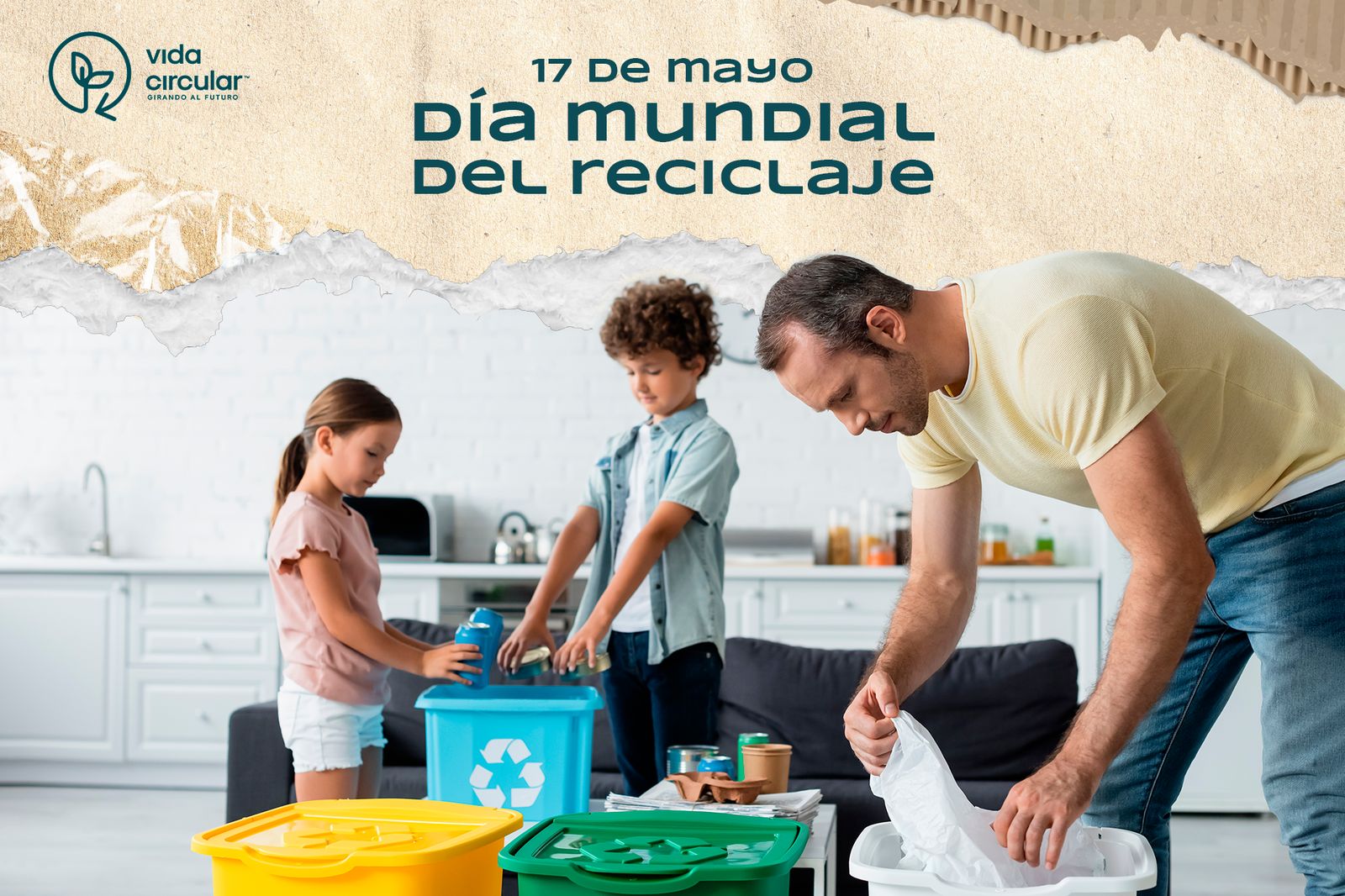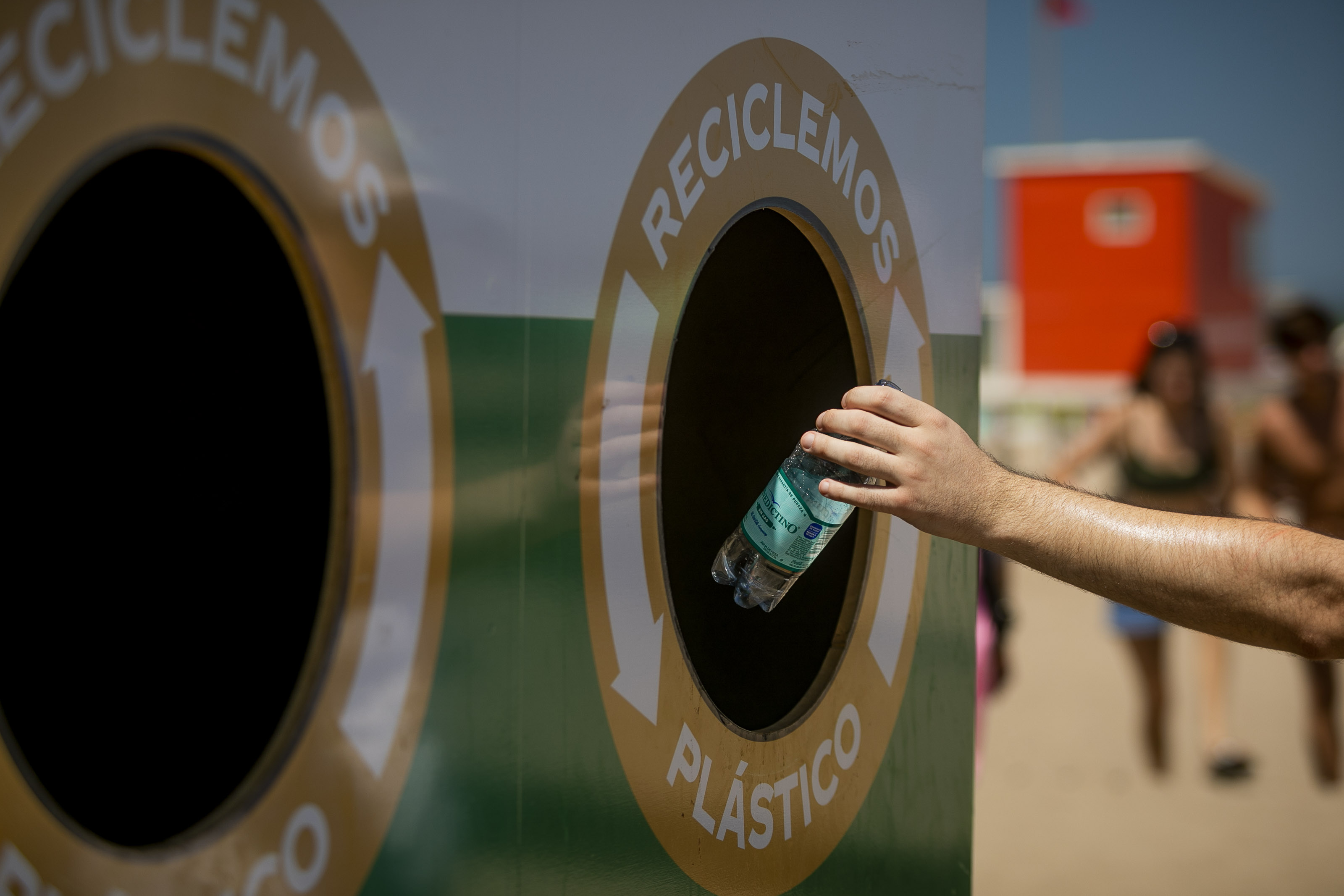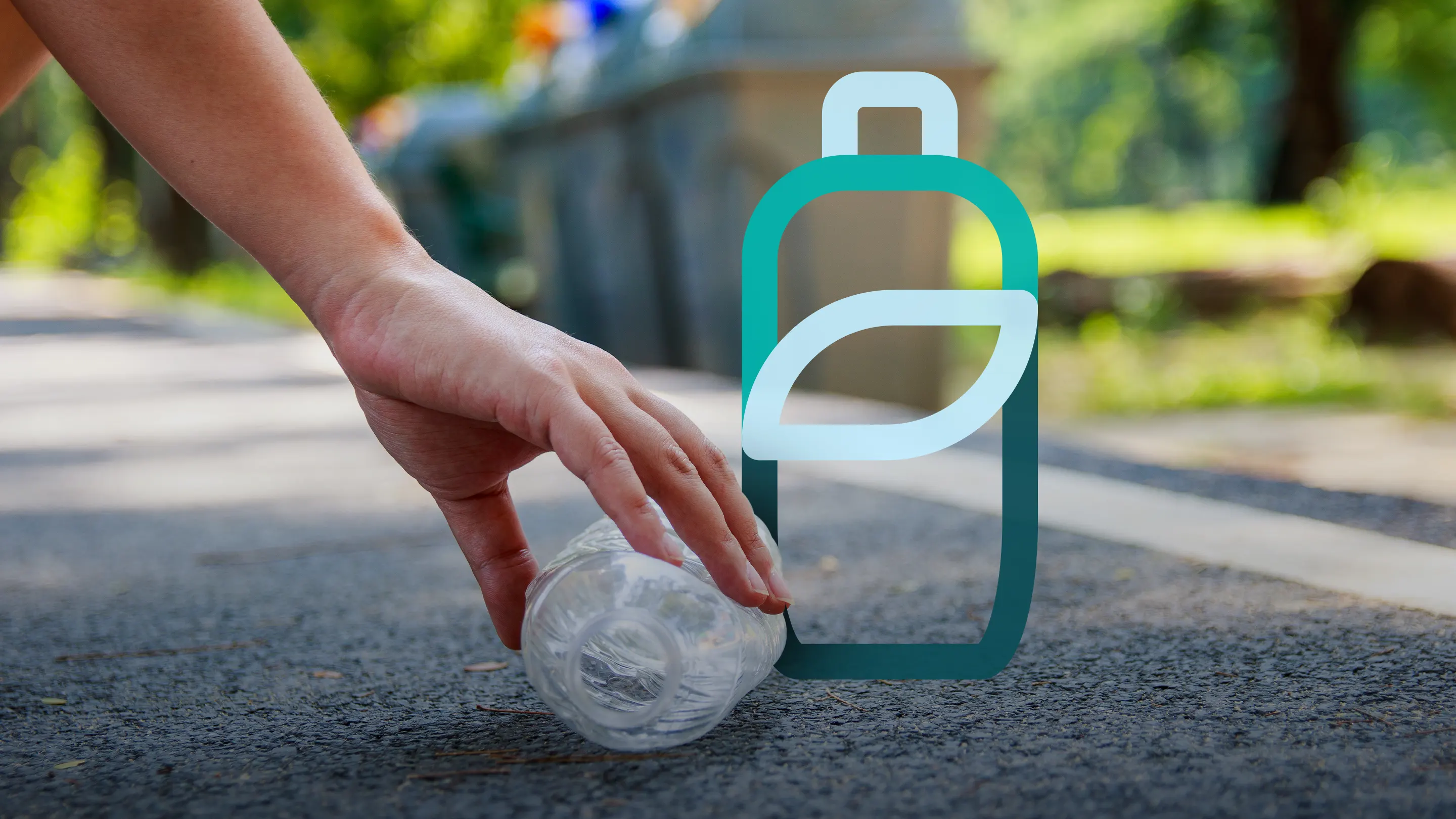
PET bottle processing: From waste to valuable resource
In the era of sustainability, the transformation of recyclable materials, such as PET, is essential to reduce pollution and promote the circular economy. In today's article, we will explore in detail what is related to PET bottles, addressing the process of transforming a used PET bottle into another PET bottle. Join us on this journey and read this blog all the way to the end.
What is PET?
The polyethylene terephthalate polyethylene terephthalate (PET) is a type of thermoplastic polymer characterized by its high transparency, lightness, strength and durability. Due to these qualities, it is widely used in the manufacture of packaging and wrapping of products that we use on a daily basis. Its molecular structure consists of polymer chains that can be molded and formed by heat and pressure processes. This material has become a popular choice for beverage, food, pharmaceutical and other product packaging due to its ability to resist impact, protect against moisture and be transparent, allowing consumers to see the contents.
However, irresponsible PET disposal can have serious environmental consequences. Discarded PET bottles and containers can take hundreds of years to degrade in the environment, contributing to soil, water and air pollution. In addition, the production of virgin PET from non-renewable resources such as oil and natural gas has a significant impact on the environment, both in terms of energy consumption and greenhouse gas emissions.
In the following video we share with you the importance of recycling PET bottles and how large companies have done it.
What is the PET bottle recycling process like?
The PET bottle recycling process is a fascinating cycle that transforms everyday objects into reusable materials, contributing significantly to the circular economy and reducing the environmental footprint. This process can be broken down into several key stages:
- Collection and separation
The first step involves collecting PET bottles from households, businesses and recycling points. Once collected, the bottles are separated from other types of waste and materials, such as glass, metal, and non-PET plastics. This separation is crucial to ensure the quality of the recycled material.
- Cleaning and grinding
PET bottles are washed to remove labels, adhesives, dirt and other residues. They are then shredded into small flakes or flakes. This process facilitates the removal of remaining contaminants and prepares the material for further processing.
- Additional sorting and washing
The PET flakes go through a sorting process to separate them by color and material type, as the bottles may contain different types of PET or be dyed with different colors. This is followed by further washing to remove any remaining contaminants, such as food or beverage residues.
- Drying
After ensuring that the flakes are clean, they are dried to remove any remaining moisture, which is essential for the next step in the recycling process.
- Extrusion and pelletizing
Dry PET flakes are melted and extruded to form small pellets. This molten material is passed through a die and cut into pellets once it has cooled and solidified. The recycled PET pellets can be used to manufacture new products.
- Manufacture of new products
Recycled PET pellets can be used to produce a wide range of products, from new PET bottles to fibers for the textile industry, automotive components, and many other items. This step closes the cycle of the circular economy, allowing the material to start a new life.
- Innovation in recycling
In addition to the traditional process, there are constant innovations in PET recycling, such as chemical recycling, which allows PET to be broken down at the molecular level to create a material that can be used to manufacture new food-grade PET products, expanding the possibilities of reusing the material.
This recycling process not only helps reduce the amount of waste that ends up in landfills and oceans, it also reduces the need for virgin resources for the production of new products, thus contributing to the conservation of natural resources and the reduction of carbon emissions.

5 steps to transform a PET bottle into another PET bottle
The process of transforming a used PET bottle into a new PET bottle is a prime example of how innovation and technology can contribute to environmental sustainability. Through a series of carefully designed steps, this recycling cycle can be realized, which not only helps reduce the amount of plastic waste in the environment, but also conserves natural resources and promotes a circular economy model.
Collection and classification:
Used PET bottles are collected from households, companies and collection centers by recycling organizations. Once collected, the bottles are sorted according to their transparent, green, blue, etc. color and quality. It is important to mention that high quality PET bottles are preferred for recycling.
Crushing:
Once the bottles are sorted, they are transported to the recycling facility, where the labels and caps are removed. Once the bottles are clean and prepared, they are fed into a shredding machine that reduces them to small fragments, known as PET flakes. This process increases efficiency in the next stage of the recycling process.
3. Washing and decontamination:
The shredded PET flakes go through an intensive washing process, using detergents and hot water to remove any residues and contaminants. Subsequently, the flakes undergo a decontamination process that removes any traces of chemicals or organic residues that may be present.
4. Casting and extrusion:
Cleaned and decontaminated PET flakes are fed into a melting furnace, where they are melted at high temperature to a viscous liquid. This molten PET liquid is extruded through a spinneret to form a continuous PET yarn, which is then cooled and solidified.
5. Manufacture of new bottles:
PET yarn is cut into short segments known as preforms. These preforms are shaped and sized to produce new bottles. How are new bottles created? The preforms are heated and fed into bottle molds, and through the injection molding process, the PET bottles are shaped into PET bottles.
The newly formed bottles are cooled and labeled with relevant information, such as recycled content and recycling instructions. This PET bottle transformation process not only reduces the amount of plastic waste in the environment, it also contributes to the conservation of natural resources and the reduction of carbon emissions associated with virgin plastic production.

Conclusion
The transformation of used PET bottles into new bottles is not only a possibility, it has become an imperative to address the environmental crisis generated by plastic waste around the world. Growing awareness of the negative impacts of plastic on the environment has highlighted the critical importance of implementing effective solutions to reduce, reuse and recycle these materials.
This transformation is supported by tools such as eco-design, from the design phase to the recovery of recycled material, the focus on eco-efficiency and sustainability ensures a more efficient management of resources and minimizes environmental impact at all stages of the product life cycle. The integration of eco-design principles in the manufacture of PET bottles not only improves their recyclability, but also optimizes production processes, reducing the consumption of energy and raw materials.
In addition, it is vital to recognize that PET recycling is only one part of a broader strategy to move toward a more sustainable future. Promoting the circular economy, in which products and materials are continually reused and recycled, is essential to closing the life cycle of materials and minimizing waste generation. This involves not only the adoption of recycling practices at the individual and community level, but also collaboration between governments, businesses and society as a whole to create efficient recycling systems and encourage innovation in product design.
Transforming used PET bottles into new bottles is a crucial step towards building a more sustainable and resilient future. By harnessing the potential of eco-design and promoting the circular economy, we can effectively address the environmental crisis caused by plastic waste and work towards a world where resources are used more efficiently and responsibly for present and future generations.

